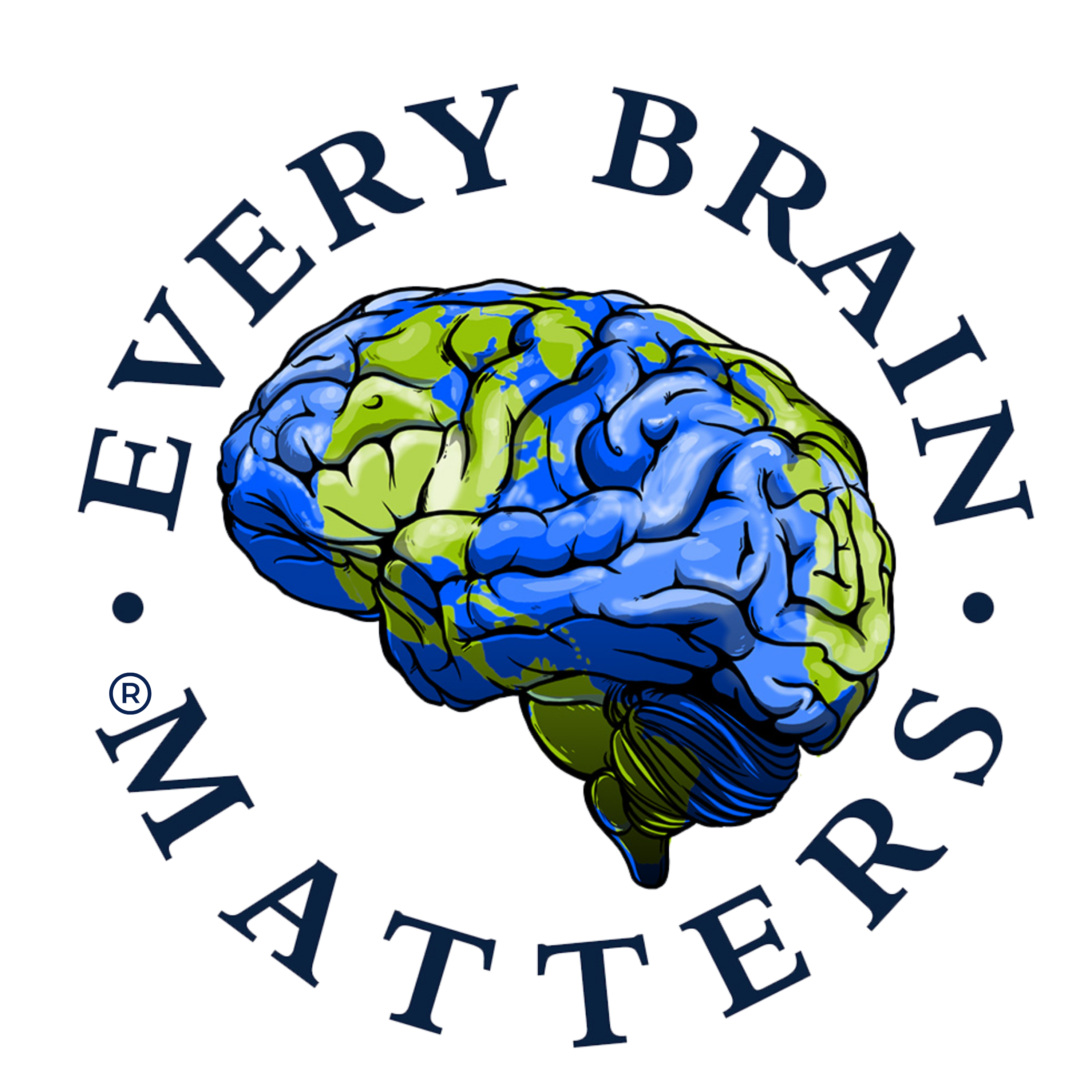Marijuana Addiction or Cannabis Use Disorder (CUD) is known as an addiction to or dependency on THC (Tetrahydrocannabinol), a chemical in the marijuana plant. Marijuana Addiction or Cannabis Use Disorder is a DSM IV diagnosis that occurs in 9% of adults and 17% of teens who use marijuana. Chronic marijuana users are more likely to develop addiction at 25-50%. Youth who use marijuana are 4 – 7 times more likely than adults to develop a cannabis use disorder.
- Cannabis-Related Disorders and Toxic Effects, 2023, December 14
- Chronic pain, cannabis legalisation, and cannabis use disorder among patients in the US Veterans Health Administration system, 2005 to 2019: a repeated, cross-sectional study, 2023, Oct. 11
- Cannabis Use Disorder and Perioperative Complications, 2023, July 5
- nondisordered cannabis use was approximately 4 times as prevalent as past year CUD with all adverse psychosocial as prevalent as past-year CUD, 2023, May
- Seeing is believing: How cannabis marketing exposure is associated with cannabis use attitudes and behavior in a permissive medical cannabis policy environment, 2023, March 10
- Development of cannabis use disorder in medical cannabis users: A 9-month follow-up of a randomized clinical trial testing effects of medical cannabis card ownership 2023, March 7
- State Cannabis Legalization and Cannabis Use Disorder in the US Veterans Health Administration, 2005 to 2019 2023, March 1
- Is Marijuana Addictive? 2021, April 13
- Biology of Addiction, 2015, October
- Association of cannabis potency with mental ill health and addiction: a systematic review, 2022, July
- Data and Statistics, 2021,June
Association of cannabis potency with mental ill health and addiction: a systematic review
Overall, use of higher potency cannabis, relative to lower potency cannabis, was associated with an increased risk of psychosis and CUD. Evidence varied for depression and anxiety. The association of cannabis potency with CUD and psychosis highlights its relevance in health-care settings, and for public health guidelines and policies on cannabis sales. Standardisation of exposure measures and longitudinal designs are needed to strengthen the evidence of this association.
Fast Facts
- Marijuana is the most commonly used federally illegal drug in the United States; 48.2 million people, or about 18% of Americans, used it at least once in 2019.1
- Recent research estimated that approximately 3 in 10 people who use marijuana have marijuana use disorder.2 For people who begin using marijuana before age 18, the risk of developing marijuana use disorder is even greater.3
Is Marijuana Addictive?
NIDA. 2021, April 13
Marijuana use can lead to the development of problem use, known as a marijuana use disorder, which takes the form of addiction in severe cases. Recent data suggest that 30% of those who use marijuana may have some degree of marijuana use disorder.18 People who begin using marijuana before the age of 18 are four to seven times more likely to develop a marijuana use disorder than adults.19 Marijuana use disorders are often associated with dependence—in which a person feels withdrawal symptoms when not taking the drug. People who use marijuana frequently often report irritability, mood and sleep difficulties, decreased appetite, cravings, restlessness, and/or various forms of physical discomfort that peak within the first week after quitting and last up to 2 weeks20,21 Marijuana dependence occurs ..
Biology of Addiction
NIH News in Health 2015, October
People with addiction lose control over their actions. They crave and seek out drugs, alcohol, or other substances no matter what the cost—even at the risk of damaging friendships, hurting family, or losing jobs.
A healthy brain rewards healthy behaviors—like exercising, eating, or bonding with loved ones. It does this by switching on brain circuits that make you feel wonderful, which then motivates you to repeat those behaviors. In contrast, when you’re in danger, a healthy brain pushes your body to react quickly with fear or alarm, so you’ll get out of harm’s way. If you’re tempted by something questionable—like eating ice cream before dinner or buying things you can’t afford—the front regions of your brain can help you decide if the consequences are worth the actions.
